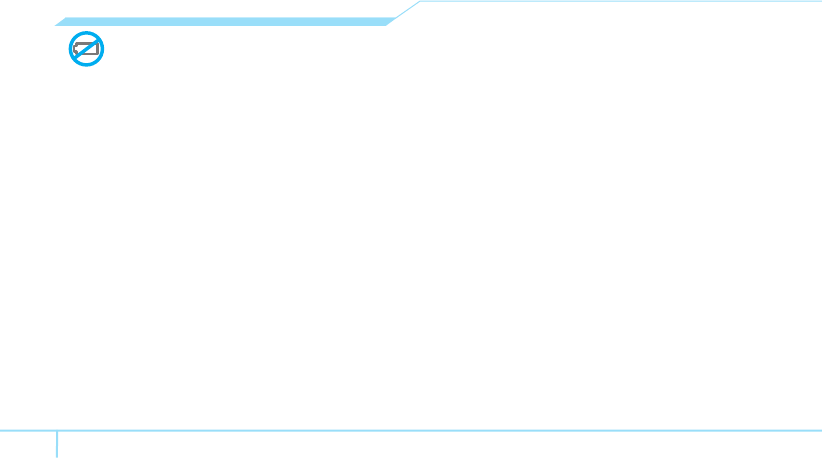
82
About the battery
usage
Your phone is powered by a Lithium Ion (Li-Ion)
battery. This means that, unlike other forms of battery
technology, you can recharge your battery while
some charge remains without reducing your phone’s
autonomy due to the “battery memory effect” inherent in
those technologies.
– Do not use a damaged battery or charger.
– Do not disassemble or open crush, bend or deform,
puncture or shred.
– Do not modify or remanufacture, attempt to insert
foreign objects into the battery, immerse or expose
to water or other liquids, expose to fire, explosion or
other hazard.
– Do not put your battery into contact with conductive
objects.
– Dispose of and recycle used batteries in accordance
with local regulations. Do not dispose of batteries by
burning; they may explode.
– Do not use an unauthorized charger.
–
Only use the battery for the device for which it is specified
– Only use the battery with a charging device that has
been qualified with the device per this standard. Use
of an unqualified battery or charger may present a risk
of fire, explosion, leakage, or other hazard.
– Do not short circuit a battery or allow metallic
conductive objects to contact battery terminals.
– Replace the battery only with another battery that
has been qualified with the device per this standard,
IEEE-Std-1725-2006. Use of an unqualified battery
may present a risk of fire, explosion, leakage or other
hazard.
– Promptly dispose of used batteries in accordance with
local regulations.
– Battery usage by children should be supervised.
– Avoid dropping the phone or battery. If the phone or
battery is dropped, especially on a hard surface, and


















